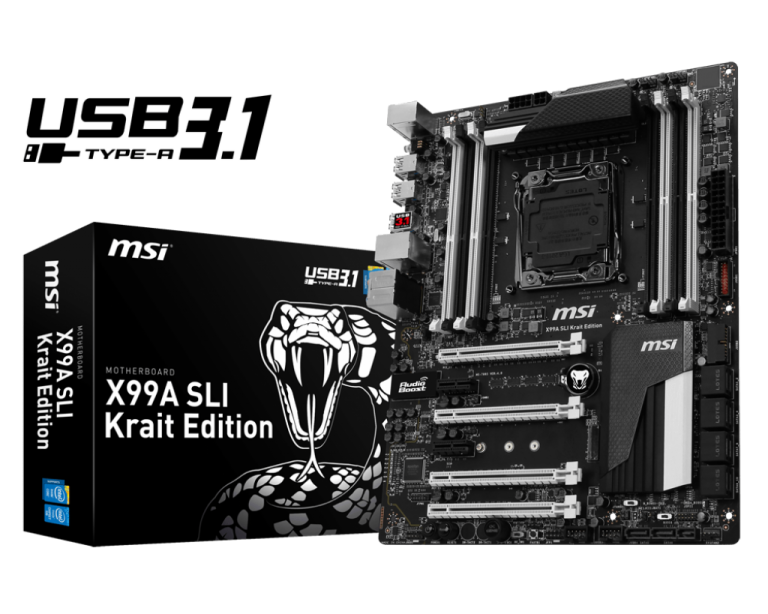The Sony Xperia Z2 is the latest flagship super-phone from Sony, replacing the Xperia Z1 released last year. The new phone keeps the same aluminium-edged design, sexy glass front and back, Full HD display, quad-core processor and impressive 20.7-megapixel camera. Like its predecessor, it's completely waterproof.
You might wonder, then, exactly what is new on the Z2?
Well, it has a slightly larger 5.2-inch display, a slimmer bezel around the edge, a marginally faster 2.3GHz Qualcomm processor, the latest Android 4.4.2 KitKat software and a camera capable of capturing 4K video. Although those are only marginal upgrades, the Z1 was already a smashing piece of kit, and it might be slightly too soon for a full overhaul, given that it was only released in September last year.
It's available to preorder in the UK and wider Europe now for an eye-watering price of £600 (€700). The company is yet to confirm if it will ever get a US release, but I wouldn't get your hopes up -- the Z1 never got a proper release in the States, and the Z1S was announced at CES earlier this year as a US variant of the older phone. It's listed as "coming soon" on Sony's Asia site (with no pricing given), but there's no sign of it yet for Australia.
The Z2's glass panels do make it rather more susceptible to scratches from keys in your pocket, so if you want to keep it looking pristine -- which I imagine you will, given how much you've paid for it -- you should pop it in a case. Like its siblings, the Z2 is completely waterproof, but the waterproof rating has been slightly increased. It's IP55 and IP58 rated which basically means you can completely submerse it in up to 1.5 metres of water for up to 30 minutes at a time.
The 5.2-inch display packs the same 1,920x1,080-pixel resolution as the previous Z1. As the Z2 is marginally bigger, the screen has a slightly lower pixel density -- 423 pixels per inch against the Z1's 440 -- as the same number of pixels are being stretched over a larger area. In reality though, it's not a difference you're ever likely to notice.
The Z2 arrives running the latest version of Google's mobile operating system, Android 4.4.2 KitKat. You'd be right to expect the latest version of software on new launches, but Sony does have a habit of using older Android iterations -- the Z1 Compact launched only recently with the ageing Jelly Bean -- so it's refreshing to find the latest software on board as standard.
Around the back of the phone is the same 20.7-megapixel camera you'll find on both the Z1 and the Z1 Compact. It's an impressive amount of megapixels, but it doesn't necessarily guarantee better pictures.
The Z2 has a trick up its sleeve in the form of 4K video capture -- that's considerably more than the resolution previously available. I put it against the S5, which can also shoot 4K, and watched the footage back on a 65-inch Panasonic 4K TV.
 Pro is fast enough to satisfy all the needs of gamers. With the high-end graphics card, the major benchmarks run at very high framerates, smoothly, and without any lagging. With the high performance of CPU and graphics that enable the super high storage transferring speed, users will never have to worry about the bottle neck limitation ever again. There are also plenty of bundles such as gaming mouse and headset will make you feel worth of it.
Pro is fast enough to satisfy all the needs of gamers. With the high-end graphics card, the major benchmarks run at very high framerates, smoothly, and without any lagging. With the high performance of CPU and graphics that enable the super high storage transferring speed, users will never have to worry about the bottle neck limitation ever again. There are also plenty of bundles such as gaming mouse and headset will make you feel worth of it.











